Before now, I had never been to Florence, much less Italy. My first time in Florence definitely provoked something called the Stendhal Syndrome. Architecture professor Medina Lasansky explained that when tourists would visit Florence, they would frequently become so overwhelmed with the beauty of the city that they would have heart palpitations and faint. The reaction was named after the 19th century writer Stendhal and gave a lot of business to the hospitals around Florence.
Before reaching Florence we stopped at our first destination on the outskirts of the city. The group visited the Charterhouse, which originally served as a monastery for the Carthusians, a religious order of the Roman Catholic Church. The building was established in 1341 and was composed of individual “cells” for where the hermit monks would live, meditate and take their meals. They were allowed one hour weekly for recreation; this was the only time they were permitted to talk. In 1958, the Charterhouse was taken over by the Cistercian order, a much more liberal group that permitted talking, which was why we were able to receive a tour of the place at all.
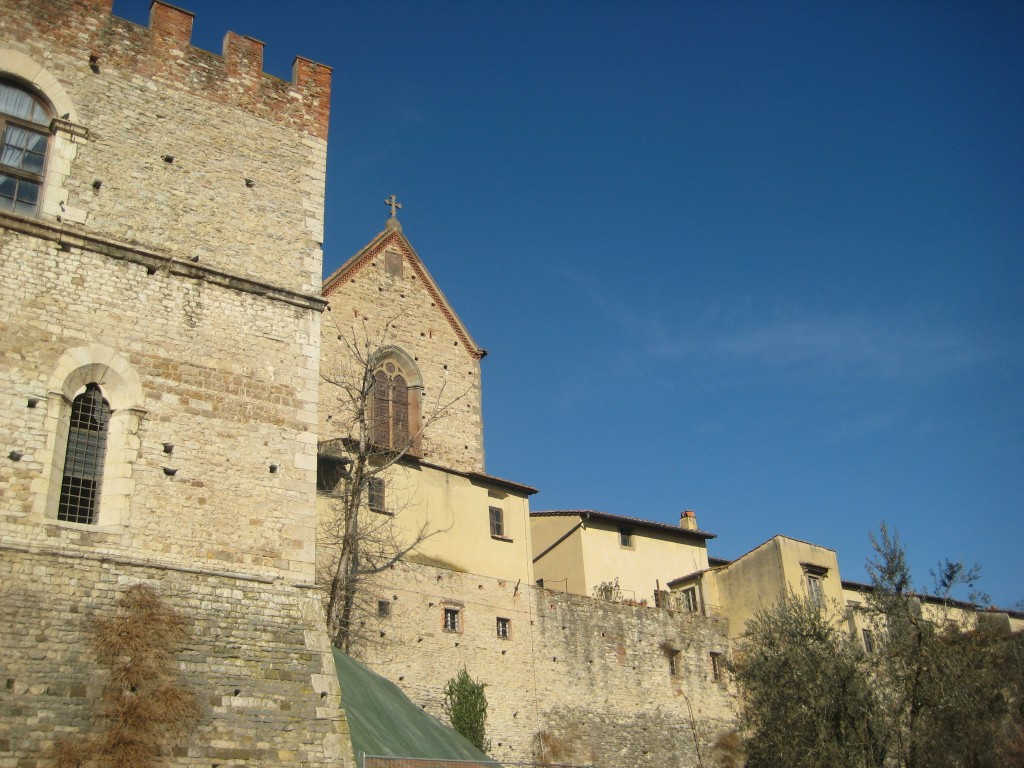
Stan Taft, our art professor for the semester, pointed out the unique use of color in the frescoes located there. The pieces were extraordinarily modern in nature and vividly bright.
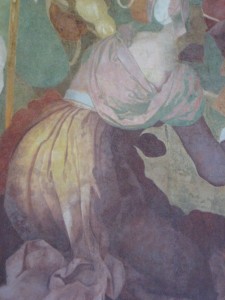
When we hopped back on the bus we discovered that an architecture student had been locked into one of the rooms of the Charterhouse! He had been sketching and hadn’t realized that the group had departed. The friar let him out and he got a cab to the hotel and met up with us. We all quickly learned the importance of staying with the group on trips like this one. It’s a bit scary to be lost in Italy!
We arrived at the hotel, dropped our bags, and ran off for lunch and a trip to the top of the Duomo. This was the beginning of my Stendhal Syndrome/claustrophobia. Florence’s Duomo is the central cathedral of the city. Its dome is the primary feature of the Florentine landscape and its apex boasts 360-degree panoramic views.
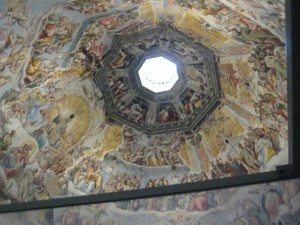
Getting to the top didn’t go that well for me; we climbed hundreds of steps, floor after floor of spiral staircases and walked down thin hallways. My legs were shaking and my hands were sweating. When we reached the internal walkway around the ceiling of the dome, a sign encouraged us to continue on.
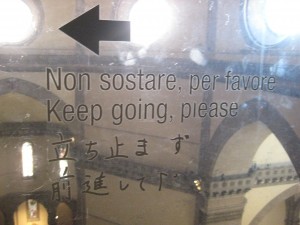
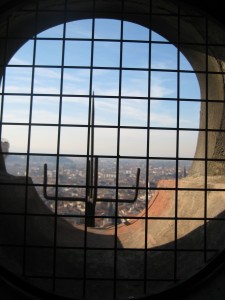
It had seemed like the end was near, but we had around five more stories to go! When my head finally poked out of the ceiling of the dome at the top, I had never felt so liberated. The view was breathtaking and I had a strong sense of vertigo combined with amazement. To calm my nerves I sketched, took some photographs, a few deep breaths and bathed in the sunshine. Then Erica and I scurried down and found ourselves shaking and feeling quite faint. A trip to a local bar and some acqua minerale did the trick and we were off and running again to the Uffizi Gallery.
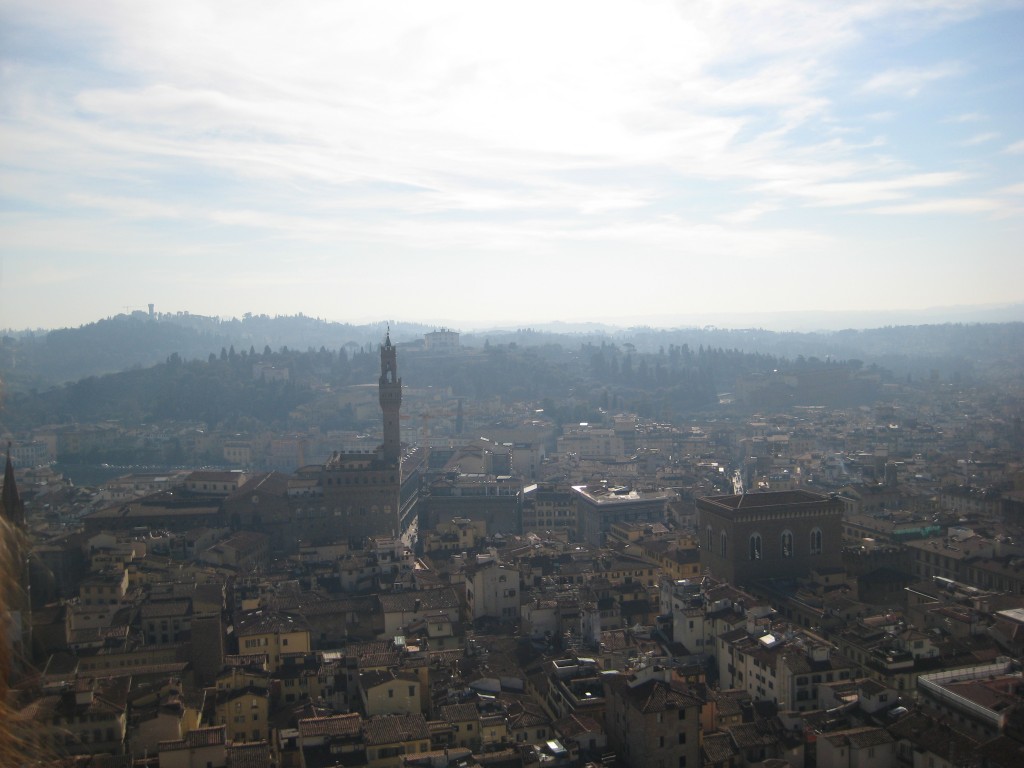
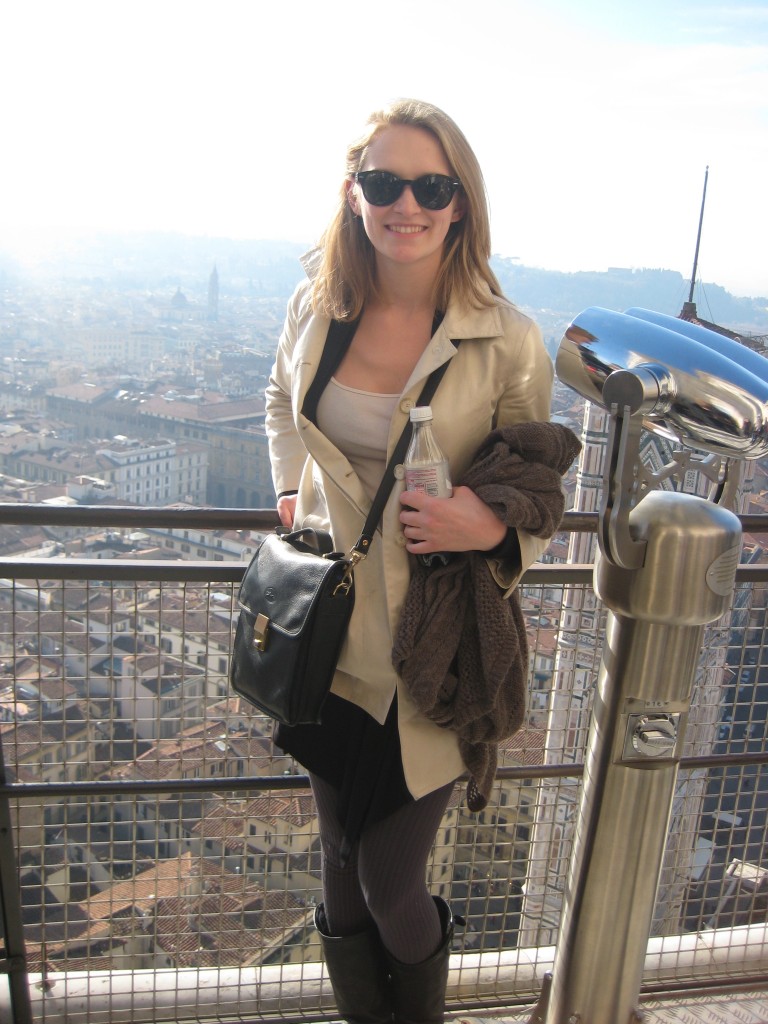
The Uffizi was like nothing I’ve ever seen. Iconic art covered every wall. Botticelli’s “The Birth of Venus” literally brought tears to my eyes when I saw it. The painting is even more beautiful in person. After wandering the halls, we headed back to the hotel and took a much-needed nap, which fortified us for one of the best meals of our lives at Za-Za, a restaurant that was pretty close by.
The following day began early at 9am. We ate breakfast and broke off into our groups, the Planners and Architects going with Jeffrey Blanchard and the Artists with Stan to the Museo Zoologico. We went down the winding narrow streets and crossed the famous Ponte Vecchio or “Old Bridge”, which has little shops mushrooming off the sides of it. (Picture)
During our walk, we stopped by a church but weren’t able to visit because it was Sunday and a service was going on. Our group made its way to the Museo, where we saw a lot of sea life on display. While strolling through the rooms we encountered every form of taxidermy that one could imagine: birds of paradise, tortoises from the Galapagos, whales, big cats, a zebra, and a few scaly armadillos. Eventually we stumbled upon items of human inspiration; a series of anatomical wax models displayed in glass cases. They were quite grotesque and all of a sudden the Stendhal effect flooded back. After I sketched a blood vessel system and an overly enlarged brain I decided that I wasn’t able to handle my sense of amazement for much longer and went out and took a walk during which I found a camera store and re-purchased my Nikon that had been stolen (fortunately fully covered by insurance).
After the excursion and some lunch we made our way over to the Salvatore Ferragamo Museum. Ferragamo was a revolutionary shoe-maker and designer who invented the cork-wedge and the use of raffia and other plant fibers in the construction of shoes. He took anatomy classes and invented an arch support method that takes pressure off of the ball of the foot and makes his heels incredibly comfortable to wear. Ferragamo’s inventiveness arose from an embargo placed on Italy under Mussolini’s fascist regime.
-GJ
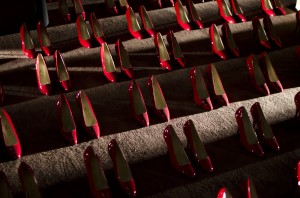
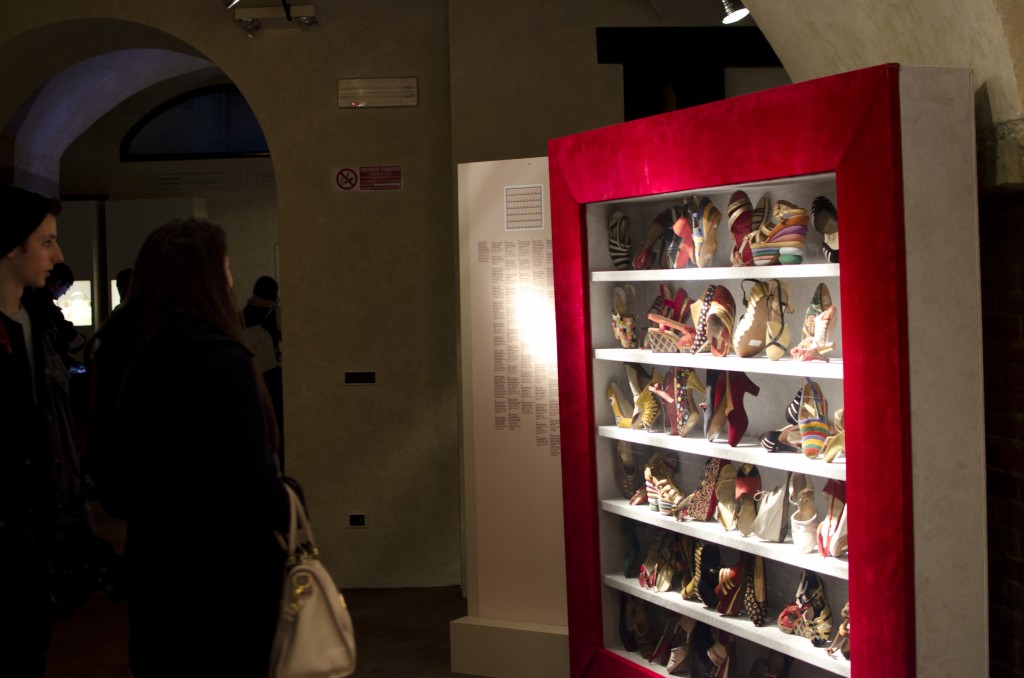

Great shots vbj! Keep it up.